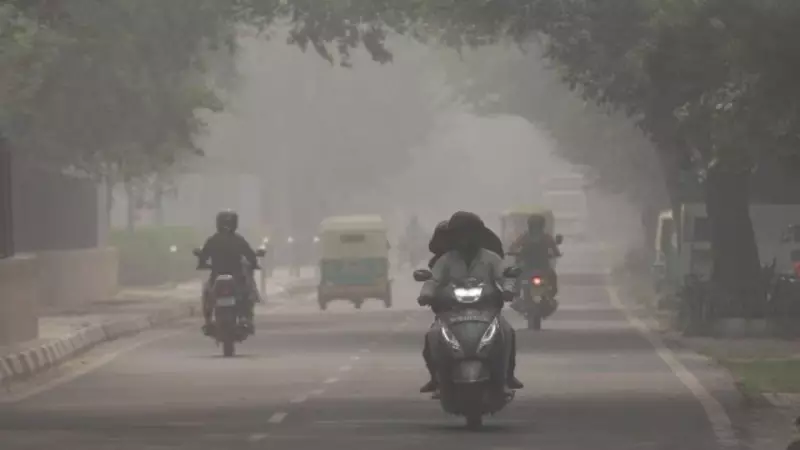
Pune's Diwali celebrations brought more than just festive lights to the city skies this year. The fireworks display resulted in a significant, though brief, deterioration in air quality that had environmentalists and residents concerned.
The Diwali Night Impact
According to comprehensive monitoring by the Indian Institute of Tropical Meteorology (IITM), the city witnessed a sharp spike in air pollution levels during the Diwali night celebrations. The extensive use of firecrackers released substantial amounts of particulate matter into the atmosphere, causing the Air Quality Index (AQI) to reach concerning levels.
The data revealed that concentrations of PM2.5 and PM10 – the most hazardous airborne particles – increased dramatically during the peak celebration hours. These microscopic particles can penetrate deep into lungs and bloodstream, posing serious health risks, especially for children, elderly residents, and those with pre-existing respiratory conditions.
Nature's Intervention: The Wind Factor
However, the story took a positive turn as meteorological conditions came to the rescue. Within hours of the pollution peak, strengthening winds began sweeping across the Pune region, acting as nature's own air purification system.
"The improvement was remarkably swift," noted environmental researchers analyzing the IITM data. "As wind patterns intensified through the night and into the following morning, they effectively dispersed the accumulated pollutants, clearing the hazy skies and restoring better air quality conditions."
A Pattern of Recovery
This phenomenon isn't entirely new to the region. Historical data from previous Diwali seasons shows similar patterns where meteorological factors, particularly wind speed and direction, play a crucial role in determining how long pollution episodes last.
The rapid recovery observed this year highlights the importance of favorable weather conditions in managing urban air quality, especially during periods of heightened pollution from concentrated sources like festival celebrations.
Broader Implications for Urban Air Management
The Diwali air quality episode in Pune serves as a valuable case study for urban environmental management. It demonstrates how temporary pollution events, while concerning, can be mitigated by natural atmospheric processes.
Environmental experts suggest that understanding these patterns is crucial for developing effective air quality management strategies, particularly for cities grappling with seasonal pollution challenges.
The data collected by IITM continues to provide valuable insights into the complex interplay between human activities, meteorological conditions, and urban air quality dynamics.





